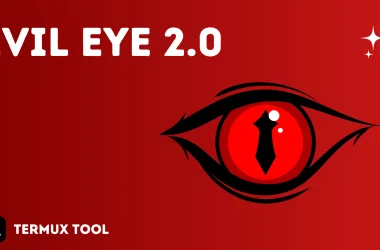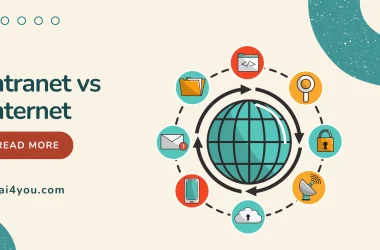Read next
Ethical Hacking – Introduction
Who is Hacker ? A hacker is someone who uses their skills with computers, networks, or other technology to solve…
8 min read
Ethical Hacking – Introduction to Internet
Introduction to Internet Table of Contents : Warning ⚠ This tool is strictly intended for educational purposes…
4 min read
Introduction Of Internet
The Internet is a global network that provides access to the World Wide Web and billions of computers worldwide.
5 min read
Most Famous Hackers in ther World !
Famous Hackers There have been several famous hackers throughout history, known for their exceptional skills,…
20 min read











